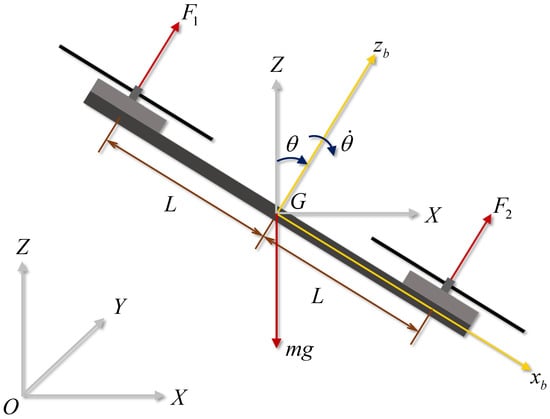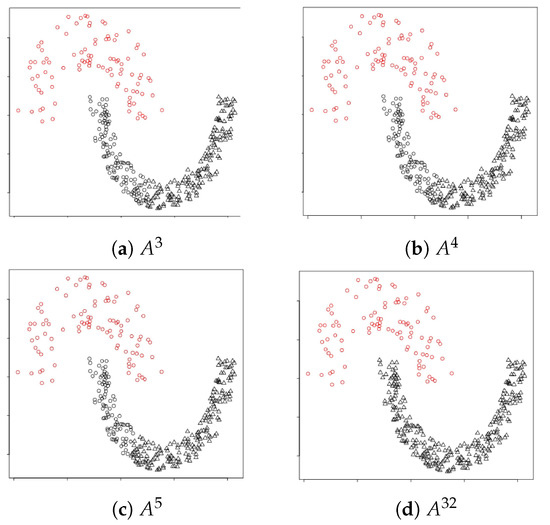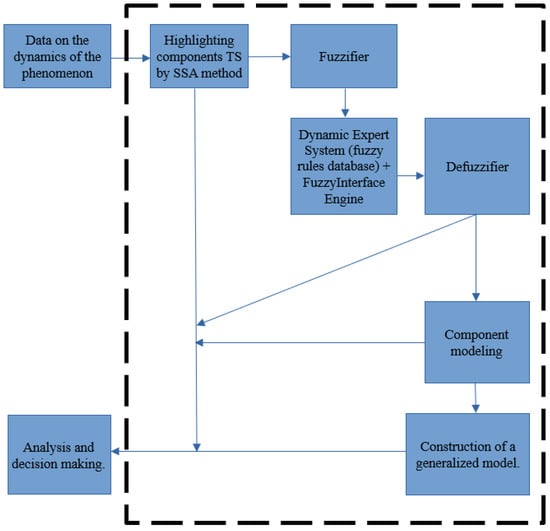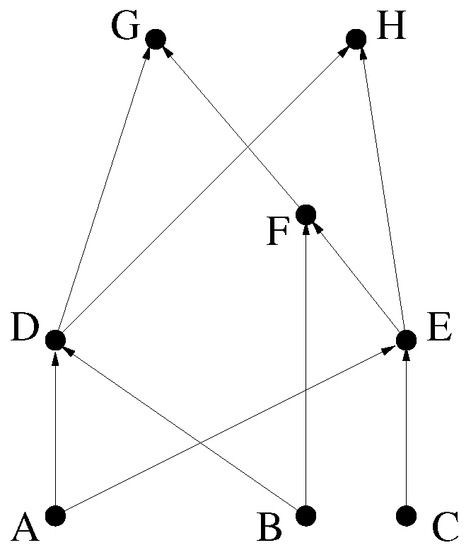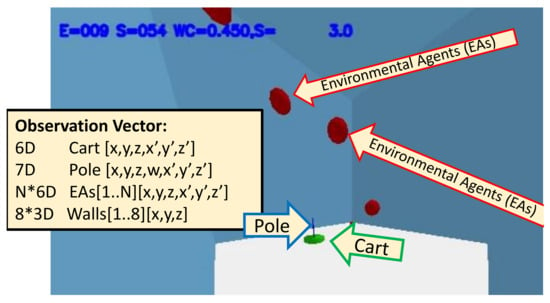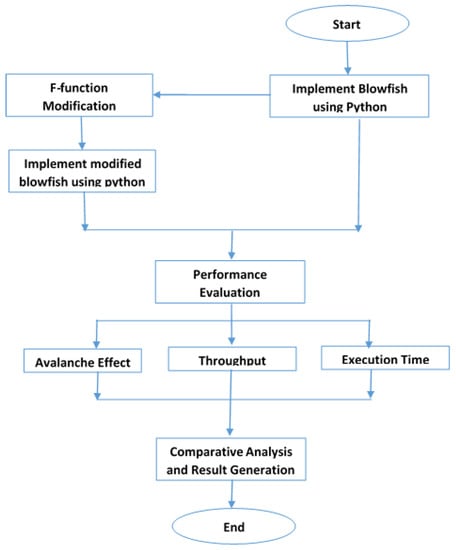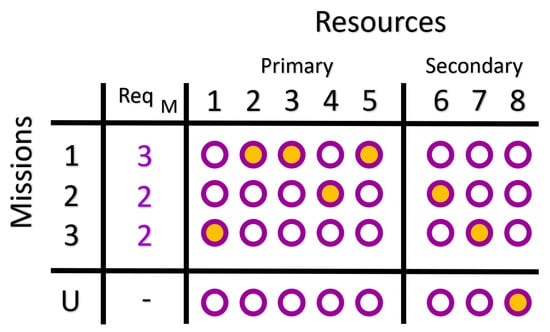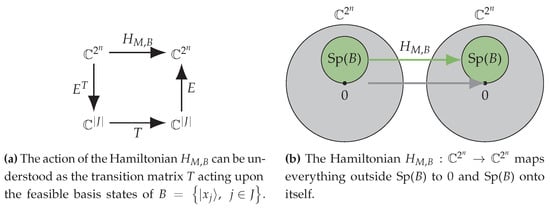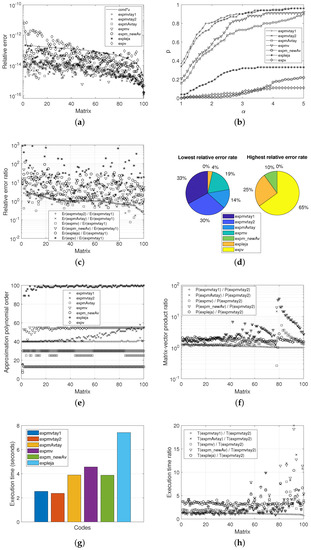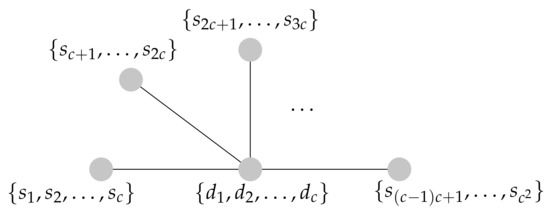Feature Paper in Algorithms and Complexity Theory
A topical collection in Algorithms (ISSN 1999-4893). This collection belongs to the section "Analysis of Algorithms and Complexity Theory".
Viewed by 34482Editor
Interests: complexity theory; worst-case complexity of exact algorithms for NP-hard problems; approximation of NP-hard optimization problems; polynomial approximability; moderately exponential; subexponential and parameterized approximation; algorithmics in dynamic environments
Special Issues, Collections and Topics in MDPI journals
Topical Collection Information
Dear Colleagues,
This Topical Collection “Feature Papers in Analysis of Algorithms and Complexity Theory”, aims to collect high-quality research articles and review articles in the fields of complexity theory, polynomial approximation algorithms for NP-hard problems, exact algorithms for NP-hard problems, and exponential approximation algorithms for polynomial aproximation-hard problems.
Since the aim of this Topical Collection is to illustrate, through selected works, frontier research in complexity and approximation theory, we encourage researchers to contribute papers reflecting the latest progress in their research. Topics include, without being limited to:
- Theory of algorithms;
- Sorting and searching algorithms;
- Parameterized complexity;
- Polynomial, moderately exponential, parameterized approximation of NP-hard problems.
Prof. Dr. Vangelis Th. Paschos
Collection Editor
Manuscript Submission Information
Manuscripts should be submitted online at www.mdpi.com by registering and logging in to this website. Once you are registered, click here to go to the submission form. Manuscripts can be submitted until the deadline. All submissions that pass pre-check are peer-reviewed. Accepted papers will be published continuously in the journal (as soon as accepted) and will be listed together on the collection website. Research articles, review articles as well as short communications are invited. For planned papers, a title and short abstract (about 100 words) can be sent to the Editorial Office for announcement on this website.
Submitted manuscripts should not have been published previously, nor be under consideration for publication elsewhere (except conference proceedings papers). All manuscripts are thoroughly refereed through a single-blind peer-review process. A guide for authors and other relevant information for submission of manuscripts is available on the Instructions for Authors page. Algorithms is an international peer-reviewed open access monthly journal published by MDPI.
Please visit the Instructions for Authors page before submitting a manuscript. The Article Processing Charge (APC) for publication in this open access journal is 1600 CHF (Swiss Francs). Submitted papers should be well formatted and use good English. Authors may use MDPI's English editing service prior to publication or during author revisions.
Keywords
- Theory of algorithms;
- Sorting and searching algorithms;
- Parameterized complexity;
- Polynomial, moderately exponential, parameterized approximation of NP-hard problems;
- Automata theory and formal languages;
- Computational geometry;
- Quantum algorithms;








